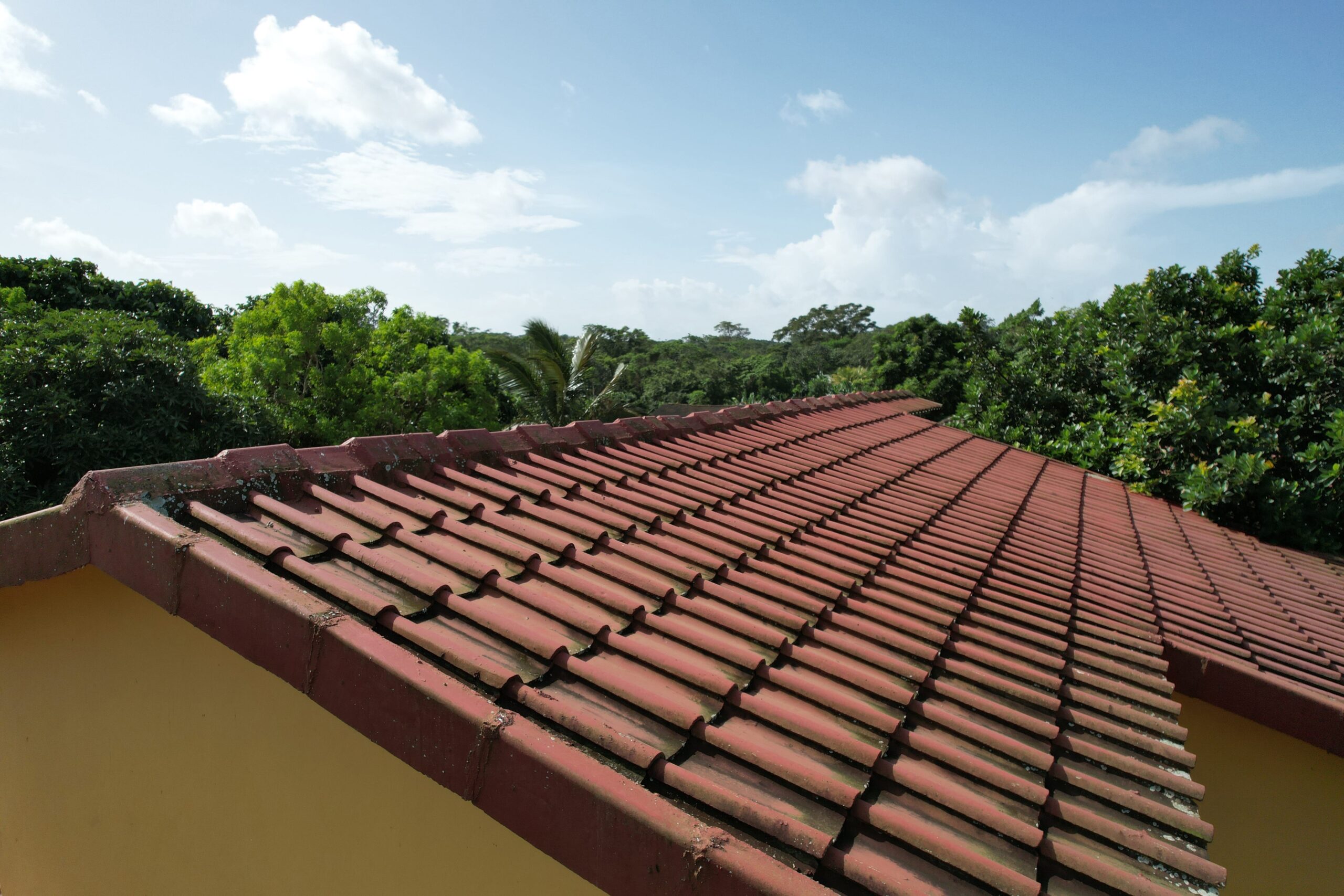Choosing the right roofing material for your home is a critical decision that affects not only the aesthetics of your property but also its durability, energy efficiency, and overall value. With numerous options available, it’s essential to understand the pros and cons of each material to make an informed choice. Here’s a comprehensive guide to help you navigate through the most popular materials and find the perfect one for your home when you are having work done by the best roofers in Bangor.
Asphalt Shingles
Pros:
Affordability: Asphalt shingles are among the most cost-effective roofing materials available, making them a popular choice for many homeowners.
Variety: They come in a wide range of colours and styles, allowing you to match your roof to your home’s exterior.
Ease of Installation: Asphalt shingles are relatively easy to install, which can reduce labour costs and time.
Cons:
Lifespan: They generally have a shorter lifespan compared to other materials, typically lasting 20-30 years.
Susceptibility to Damage: Asphalt shingles can be prone to damage from severe weather conditions such as high winds and hail.
Metal Roofing
Pros:
Durability: Metal roofs are incredibly durable and can last 50 years or more with proper maintenance.
Energy Efficiency: They reflect solar radiant heat, which can reduce cooling costs by up to 25%.
Low Maintenance: Metal roofs require minimal maintenance and are resistant to cracking, shrinking, and eroding.
Cons:
Cost: The initial cost of metal roofing can be higher than other materials.
Noise: Without proper insulation, metal roofs can be noisy during rain or hail storms.
Slate Roofing
Pros:
Longevity: Slate roofs can last over 100 years, making them one of the longest-lasting roofing materials available.
Aesthetic Appeal: Slate offers a natural, elegant look that can significantly enhance the curb appeal of your home.
Fire Resistance: Slate is naturally fire-resistant, adding an extra layer of protection to your home.
Cons:
Cost: Slate is one of the most expensive roofing materials.
Weight: Slate is very heavy and may require additional structural support, increasing the overall cost of installation.
Tile Roofing
Pros:
Durability: Tile roofs are known for their durability and can last 50-100 years.
Variety: Available in a range of styles and colours, tile roofing can complement various architectural designs.
Energy Efficiency: Tile roofs provide excellent insulation, helping to maintain indoor temperatures and reduce energy costs.
Cons:
Cost: Like slate, tile roofing can be expensive.
Weight: Tile roofs are heavy and may require additional structural support.
Wood Shingles and Shakes
Pros:
Natural Beauty: Wood shingles and shakes offer a unique, rustic appearance that blends well with natural surroundings.
Energy Efficiency: They provide natural insulation, which can help reduce heating and cooling costs.
Sustainability: When sourced responsibly, wood shingles can be a sustainable roofing option.
Cons:
Maintenance: Wood roofs require regular maintenance to prevent issues such as mold, rot, and insect damage.
Fire Risk: Wood is more susceptible to fire unless treated with a fire retardant.
Synthetic Roofing
Pros:
Versatility: Synthetic roofing materials can mimic the appearance of other materials such as slate or wood but at a lower cost.
Durability: They are designed to be durable and resistant to weather damage.
Lightweight: Synthetic materials are generally lightweight, reducing the need for additional structural support.
Cons:
Relatively New: As a newer option, synthetic roofing materials may not have as long a track record as traditional materials.
Cost: While often cheaper than natural counterparts, some synthetic options can still be relatively expensive.
Key Considerations
When choosing a roofing material, consider the following factors:
Climate: Your local climate plays a significant role in determining the best roofing material. For example, metal roofs are ideal for areas prone to heavy snowfall, while tile roofs are excellent for hot, dry climates.
Budget: Determine your budget not just for the initial installation but also for long-term maintenance and potential repairs.
Aesthetic Preferences: Consider the architectural style of your home and choose a material that complements its design.
Longevity: Evaluate how long you plan to stay in your home. Investing in a long-lasting roof may be worthwhile if you plan to stay for many years.
Energy Efficiency: Some roofing materials offer better insulation and energy efficiency, which can save you money on energy bills in the long run.
Conclusion
Choosing the right roofing material requires careful consideration of various factors, including cost, durability, energy efficiency, and aesthetic appeal. By understanding the pros and cons of each material, you can make an informed decision that will protect your property place and enhance its value for years to come. If you’re unsure which material is best for your needs, consulting with a professional roofing contractor can provide valuable insights and help you make the best choice.








More Stories